Behind the Lens of Duterte’s Hell
BEHIND THE LENS: LUIS LIWANAG, CO-DIRECTOR OF ‘DUTERTE’S HELL’
LUIS LIWANAG AND FIELD OF VISION
Before directing Field of Vision’s latest film, “Duterte’s Hell,” with Aaron Goodman, Luis Liwanag worked as a photojournalist for local and foreign press in the Philippines. In the following essay, he reflects on his transition from taking still photographs to filmmaking, and what it was like to capture the horrors of President Duterte’s “war on drugs.”
I discovered photography when I was 11. My family did not own a single camera, but our neighborhood sorbetero [ice cream vendor] had a twin-lens reflex (TLR) camera and would take our family photos for us. I remember we had so many that when I opened my mother’s closet, dozens of photo albums would cascade down from the shelves. My dad, an artist and illustrator, kept stacks of old National Geographic, Time, and Life magazines tucked away in his filing cabinet. I bought my first camera at age 12: a Kodak Instamatic. I guess you could say I was destined to be in this line of work.
As a kid, I would just snap pictures of my friends in school. As an adult, being a photographer has given me the power to make observations about daily life in my country and voice my opinion on certain issues.
When President Rodrigo Duterte came into power, the rampage of extrajudicial killings started. My fellow journalists were covering the night shifts at the police headquarters. Reports would come in—either from radio dispatch or via Twitter—and they would travel to crime scenes in convoys. It was only a matter of time before I decided to started going with them, to see the effects of Duterte’s war on drugs for myself.
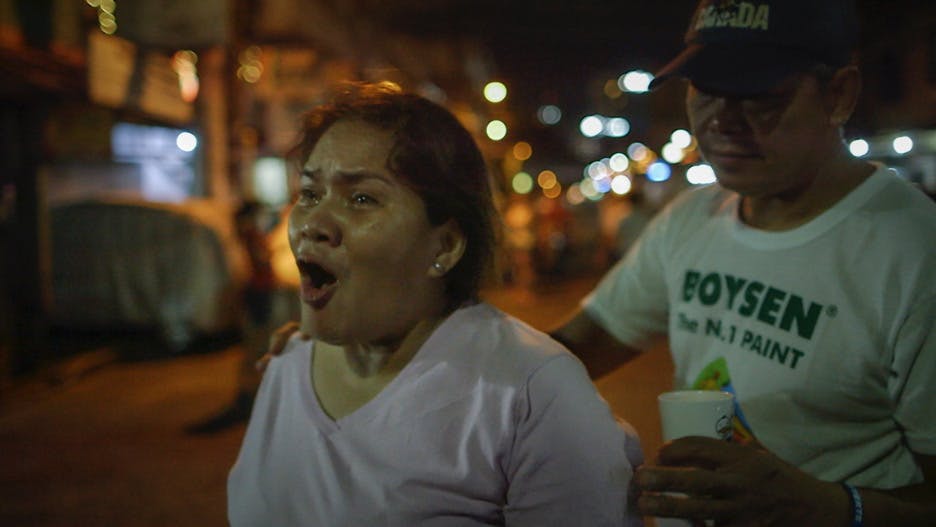
Shooting this and other documentaries has been transformative experience for me. When working as a hired photojournalist, I didn’t really set up my shots—I just filmed whatever is happening right in front of me.
And as I witnessed the aftermath of the slayings, I felt like I was reconnecting to my old self. I was a police beat photographer at the onset of my career, but later shifted to more varied issues and mainstream news coverage. I became focused on issues dictated by the editorial policies of media entities that employed me.
Now, as a freelancer—and particularly with this film—I’ve had the leeway to choose stories that I feel I can interpret better visually. And although the nightly spate of killings numbed me in some ways, I felt for the people directly or indirectly affected by them.
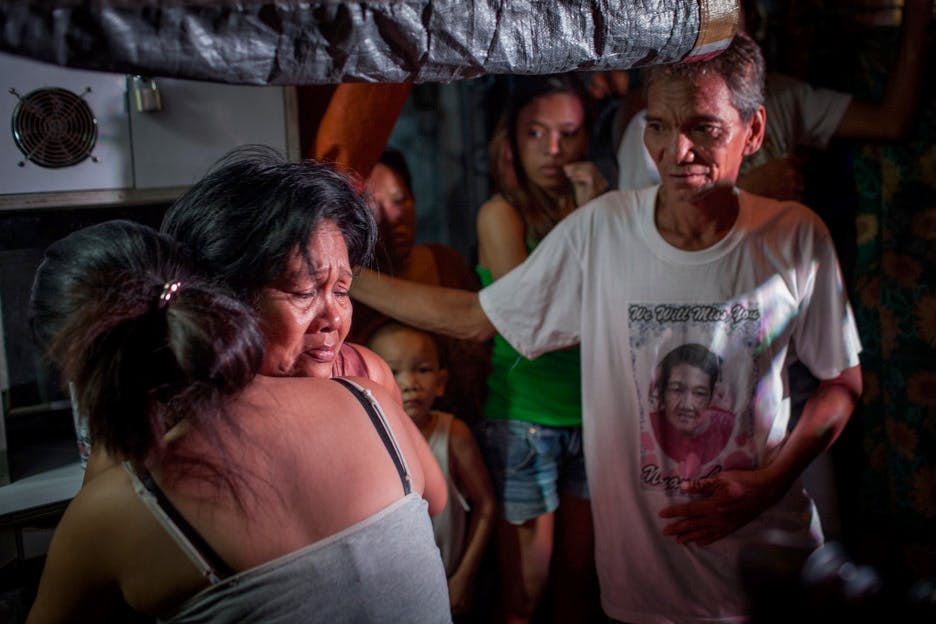
A couple of months into photographing the killings in Manila and its surrounding metro area, Aaron Goodman, an educator and video journalist whom I had worked with previously, saw my images on social media and asked me if I was interested in collaborating with him on a video documentary about Duterte’s drug war.
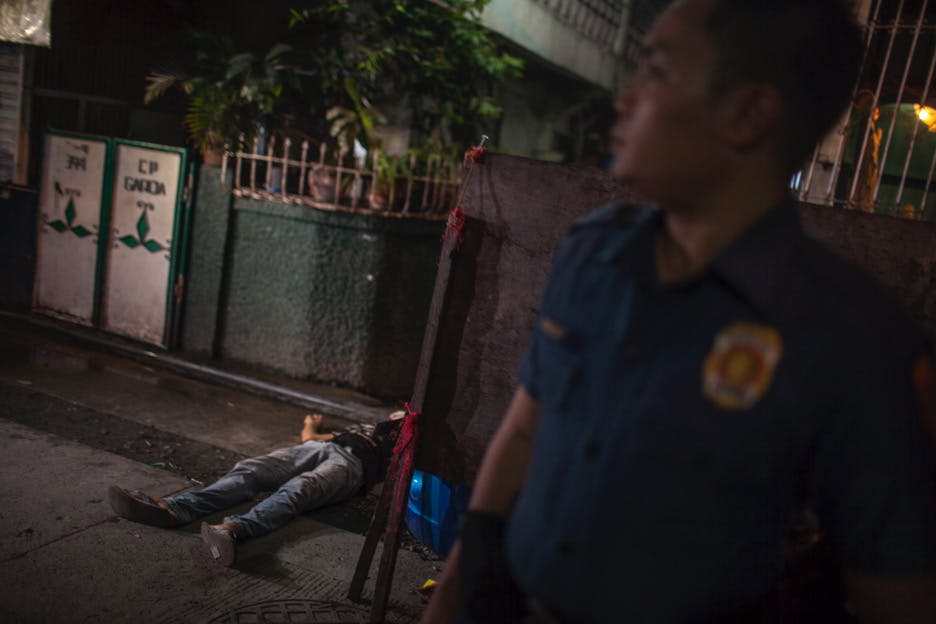
While filming, we had to maintain a low-key lighting style, and only expose for the midtones. I wanted to be unobtrusive and invisible while shooting the events so that we left as few traces of ourselves as possible.
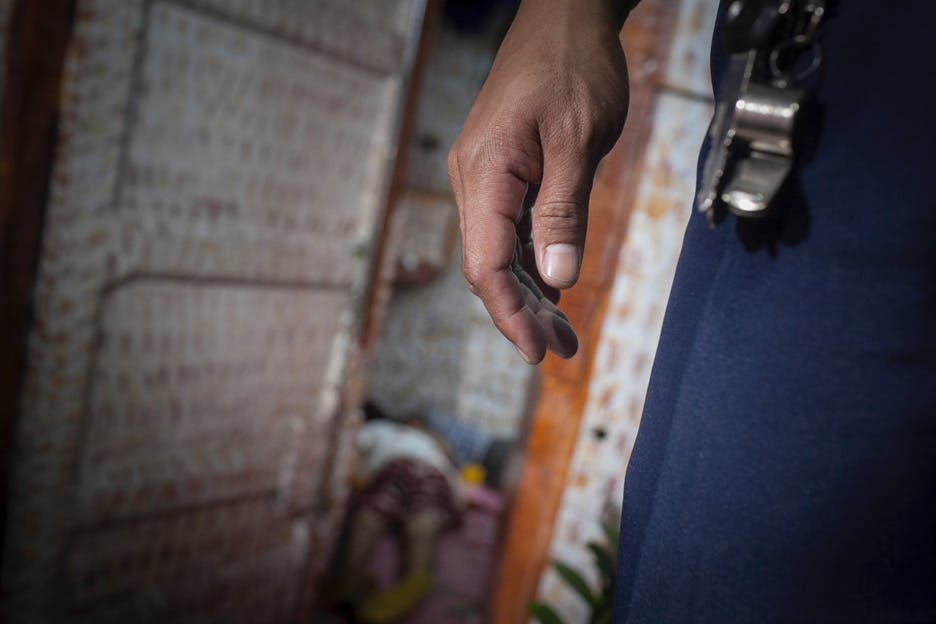
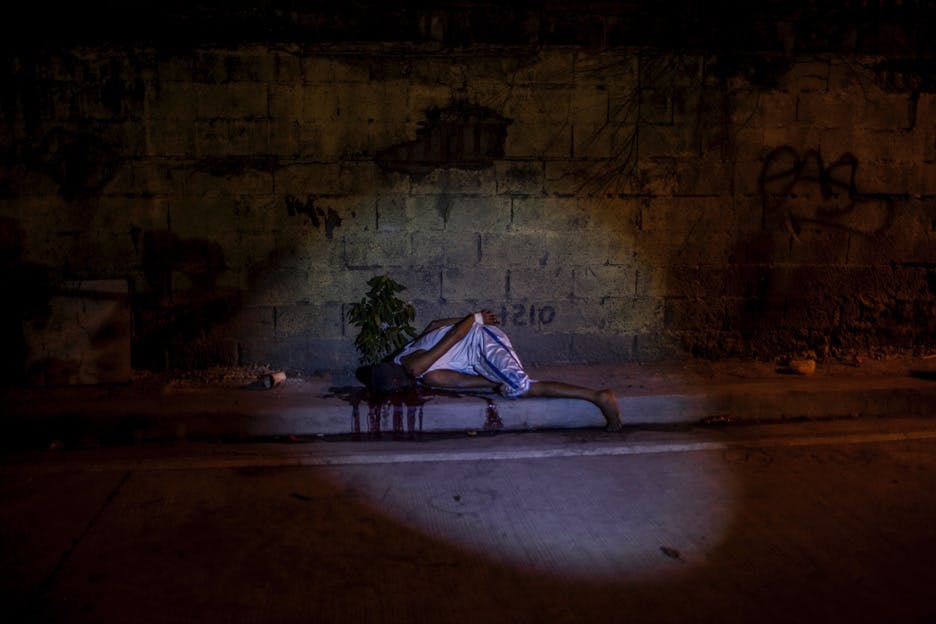
We had a limited amount of time to set up each shot. When you’re filming events as they unfold, you don’t really have control over what is going to happen. You have to visualize the image in your mind’s eye beforehand, and shoot whatever occurs in the moment.
While filming, we were very attuned to the sounds, textures, emotions and details of each scene. My approach was to linger in a single framed shot as if it was a single image and slowly transition into another well-composed frame and capture the entire story happening between those frames.
Although I am an advocate of still photographs and what photography great Henri Cartier- Bresson calls “the decisive moment,” I have discovered that video, though more fleeting, can be equally powerful in stringing together single images to make a powerful statement.
See Goodman and Liwanag’s film here:
To see more work by Luis Liwanag, visit his website here.